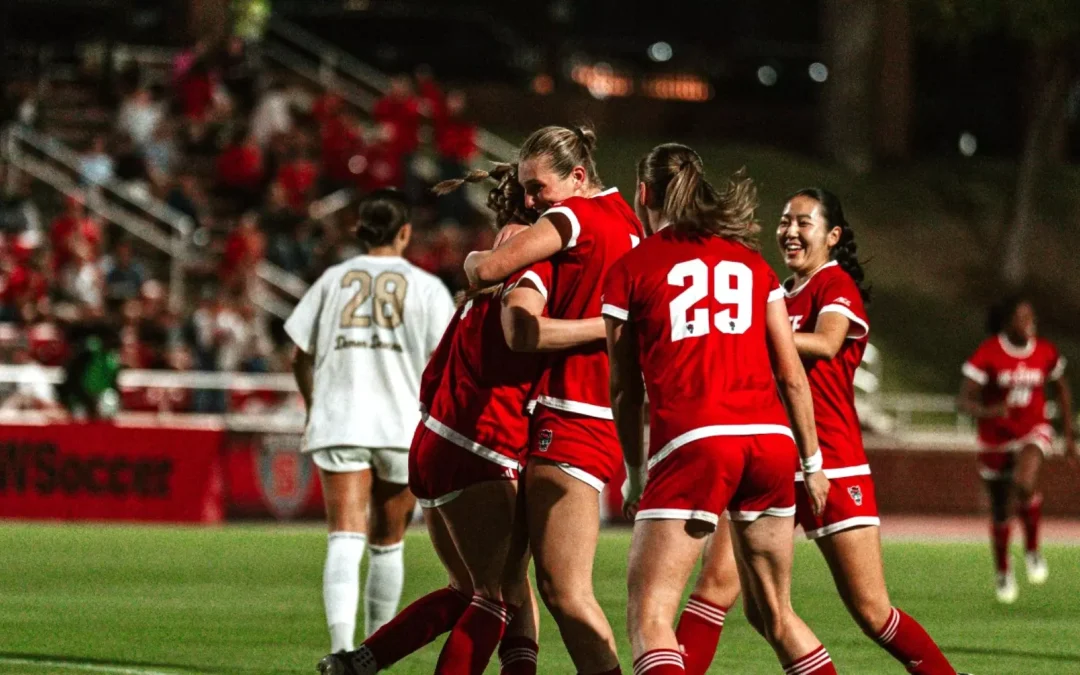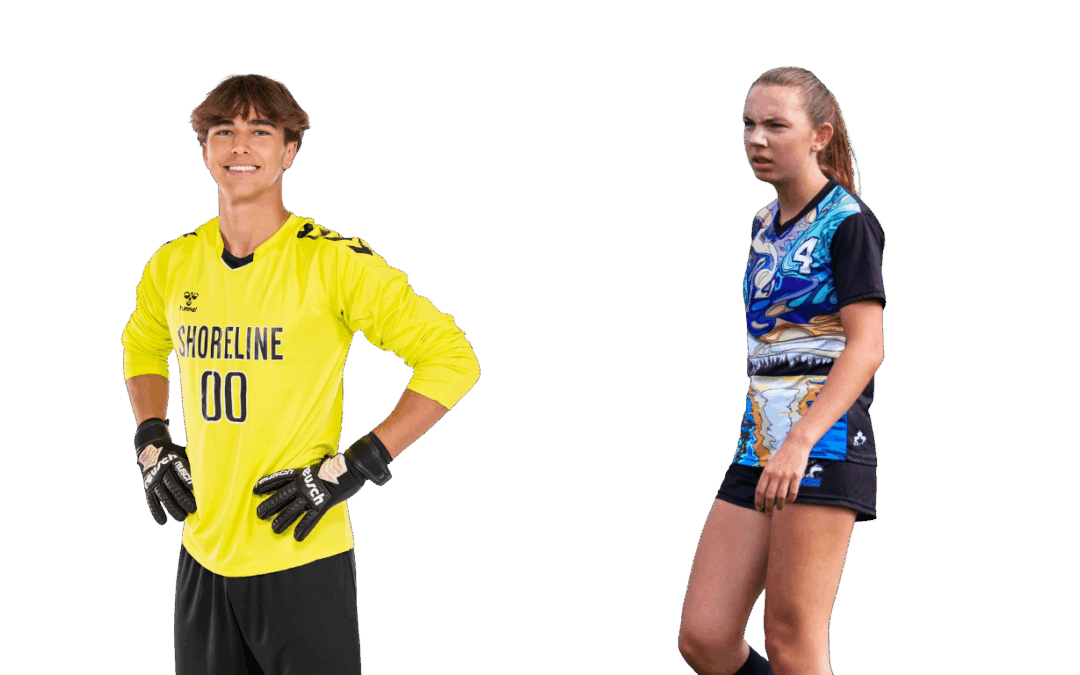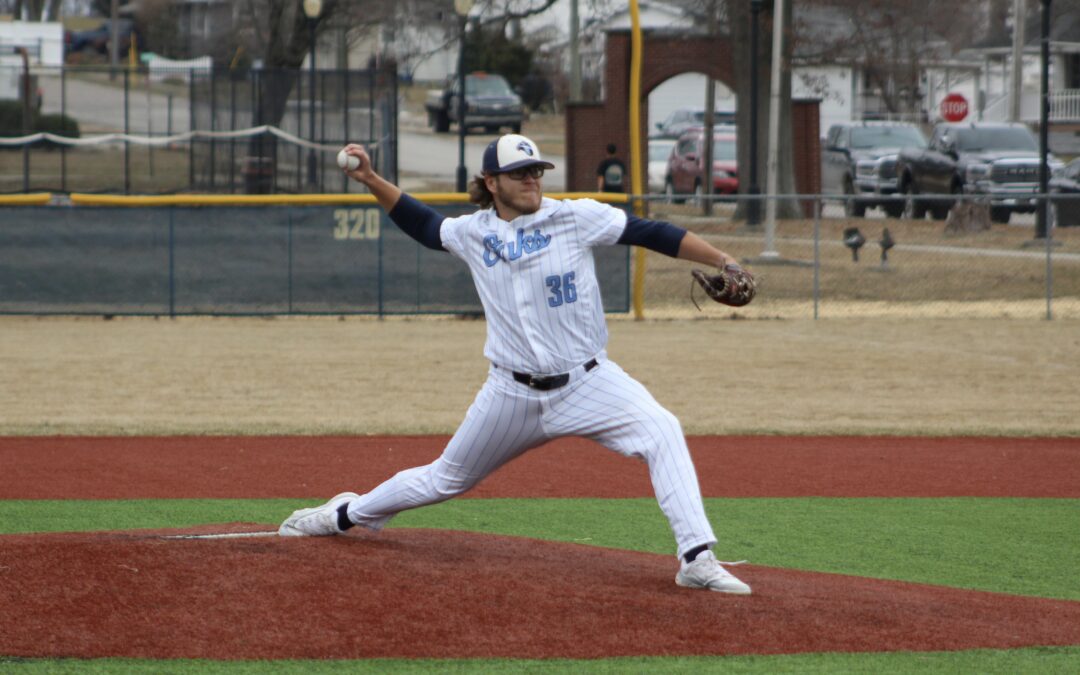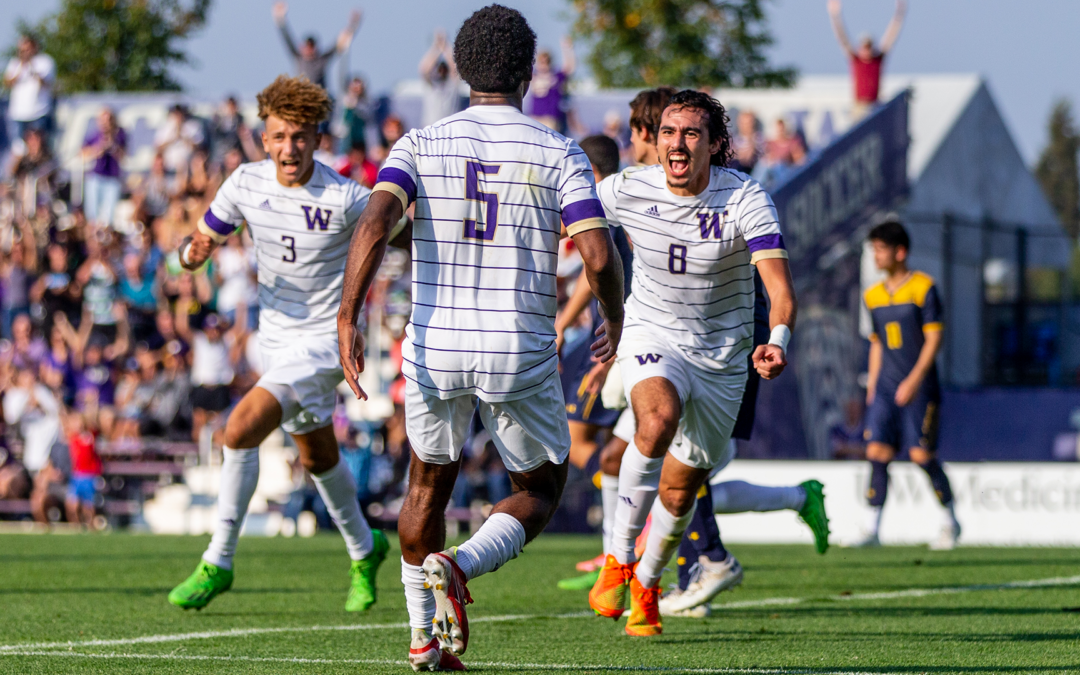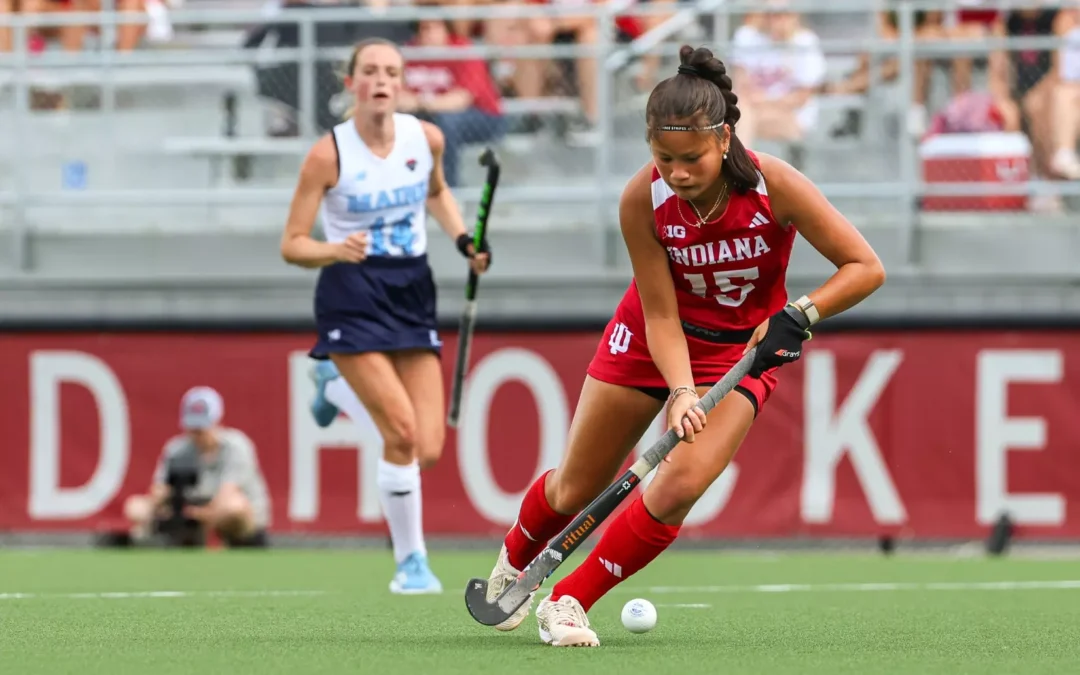In college athletics, the NCAA and NAIA provide you with 5 calendar years to play 4 seasons of sports starting from the time you enroll as a full-time student. One of the 5 years could be used as a redshirt year, but what is a redshirt year exactly?
What is a redshirt year?
Redshirting means that you delay your athletic competition for a year. During a redshirt year, a student can attend classes, and practice with the team, but cannot compete in any games. It can offer various benefits and considerations for both the athlete and the team. In this article, we explore the concept of redshirting in college sports and its implications.
Benefits of a redshirt year
- Physical and Skill Development: Coaches typically use this as a strategy to allow talented incoming athletes extra time to develop their skills. This additional year of development can significantly impact their long-term performance and contribute to their overall success.
- Academic Progress: College life can be demanding, especially when juggling athletic commitments and academic responsibilities. Redshirting provides student-athletes with an opportunity to acclimate to the college environment, establish good study habits, and focus on their academics without the pressures of competing.
- Injury Recovery: Injuries are an unfortunate reality in sports, and redshirting can be a valuable tool for athletes recovering from significant injuries. By taking a year off from competition, student-athletes can fully rehabilitate, regain their physical capabilities, and reduce the risk of re-injury. A player with a season-ending injury can take a medical hardship waiver during any year without losing a year of eligibility. You can request a medical redshirt if you have competed in less than 30% of the season and not have competed past the season’s midpoint.
Considerations for redshirt year:
While redshirting can offer significant advantages, it is not a decision to be made lightly. Several factors should be considered:
- Long-Term Goals: Student-athletes and their coaches must align on long-term goals and expectations. Redshirting should align with the athlete’s personal development plan and contribute to their overall athletic trajectory.
- Team Needs: Coaches must evaluate the team’s needs and determine if redshirting a player will benefit the team’s competitiveness in the long run. It requires careful consideration of roster depth and future team dynamics.
- Academic and Eligibility Requirements: Redshirting affects a student-athlete’s eligibility timeline. It is crucial to understand and comply with the academic requirements set by the institution and athletic governing bodies to ensure continued eligibility for future seasons.
Other shirts
In addition to redshirts, there are a few other shirt expressions that are commonly used:
- Blueshirt; A student-athlete who is not actively recruited by the university (a walk-on). You are able to start competing right away and can become eligible for scholarships in future years.
- Greenshirt; Students who graduate from high school in December of their senior year.
- Pinkshirt; Female athletes are allowed to miss a season due to pregnancy, and they may still compete for a total of four seasons.
Conclusion
Redshirting can be a powerful tool to maximize an athlete’s potential and contribute to their overall collegiate experience. It offers valuable benefits such as physical and skill development, academic progress, injury recovery, and personal growth. It can provide student-athletes with a strategic advantage for future success. However, careful consideration of long-term goals, team needs, academic requirements, and individual readiness is necessary before making the decision.
Are you interested in playing college sports in the USA? Contact us today to learn more about how to get a scholarship.



